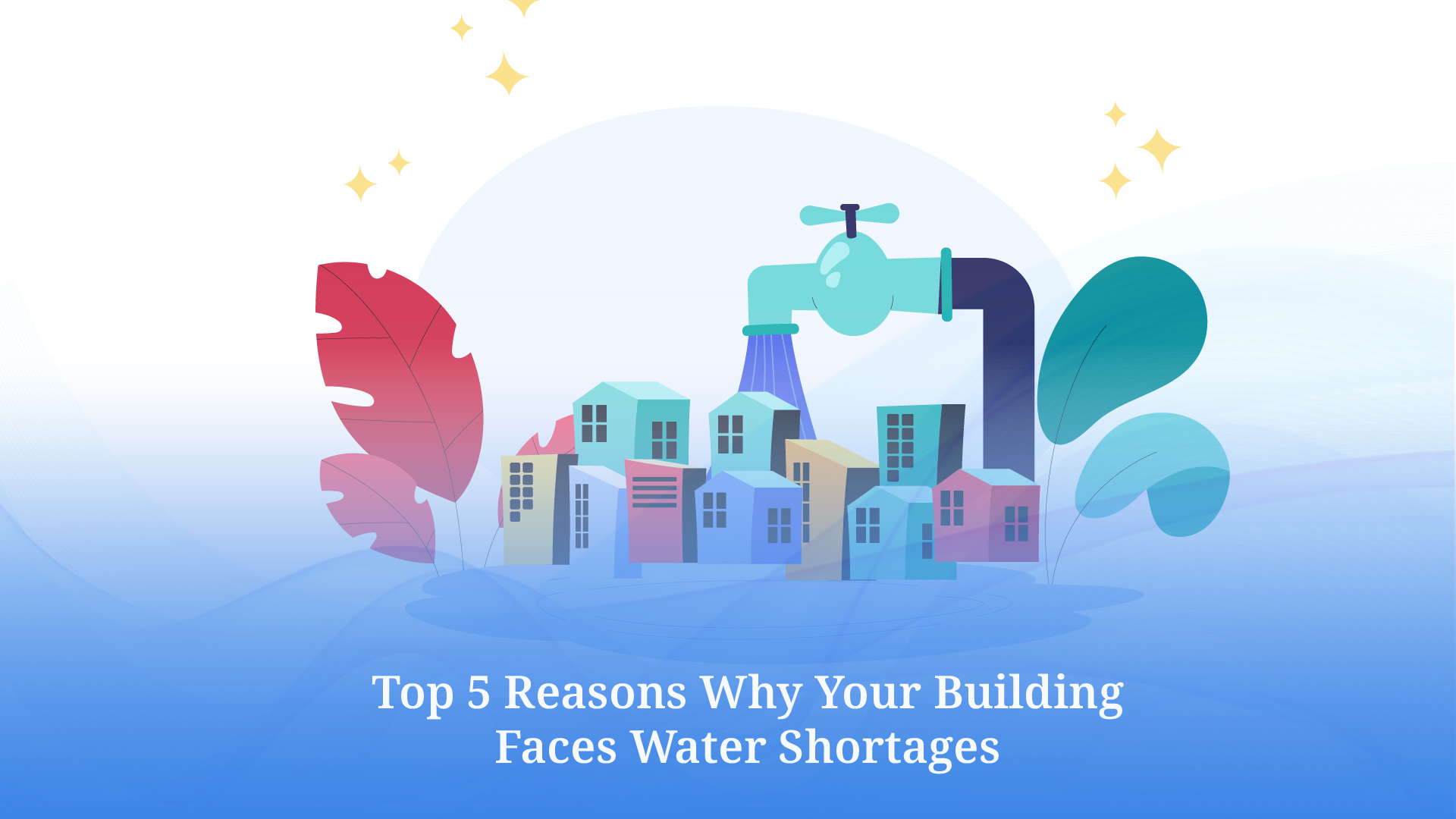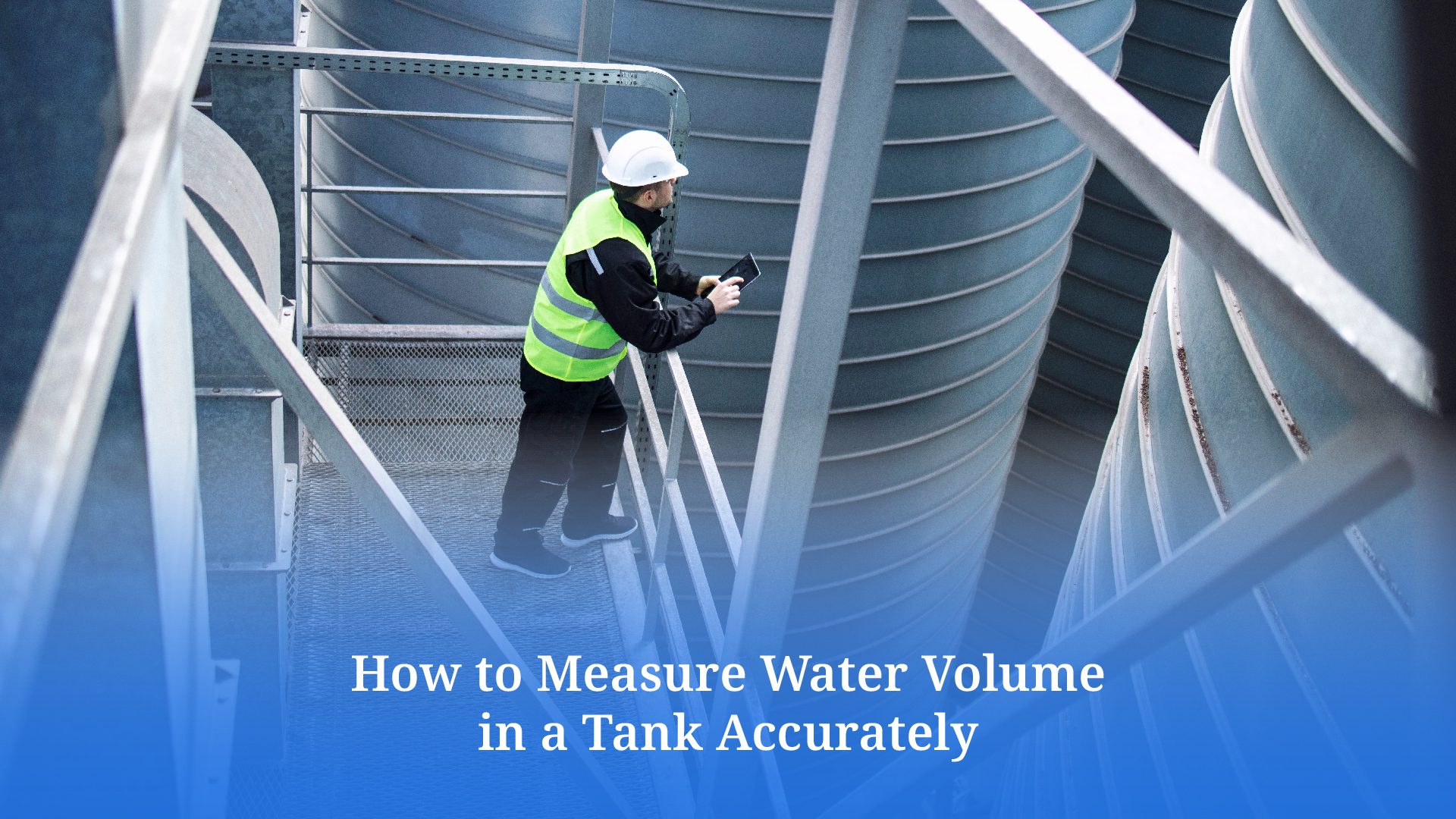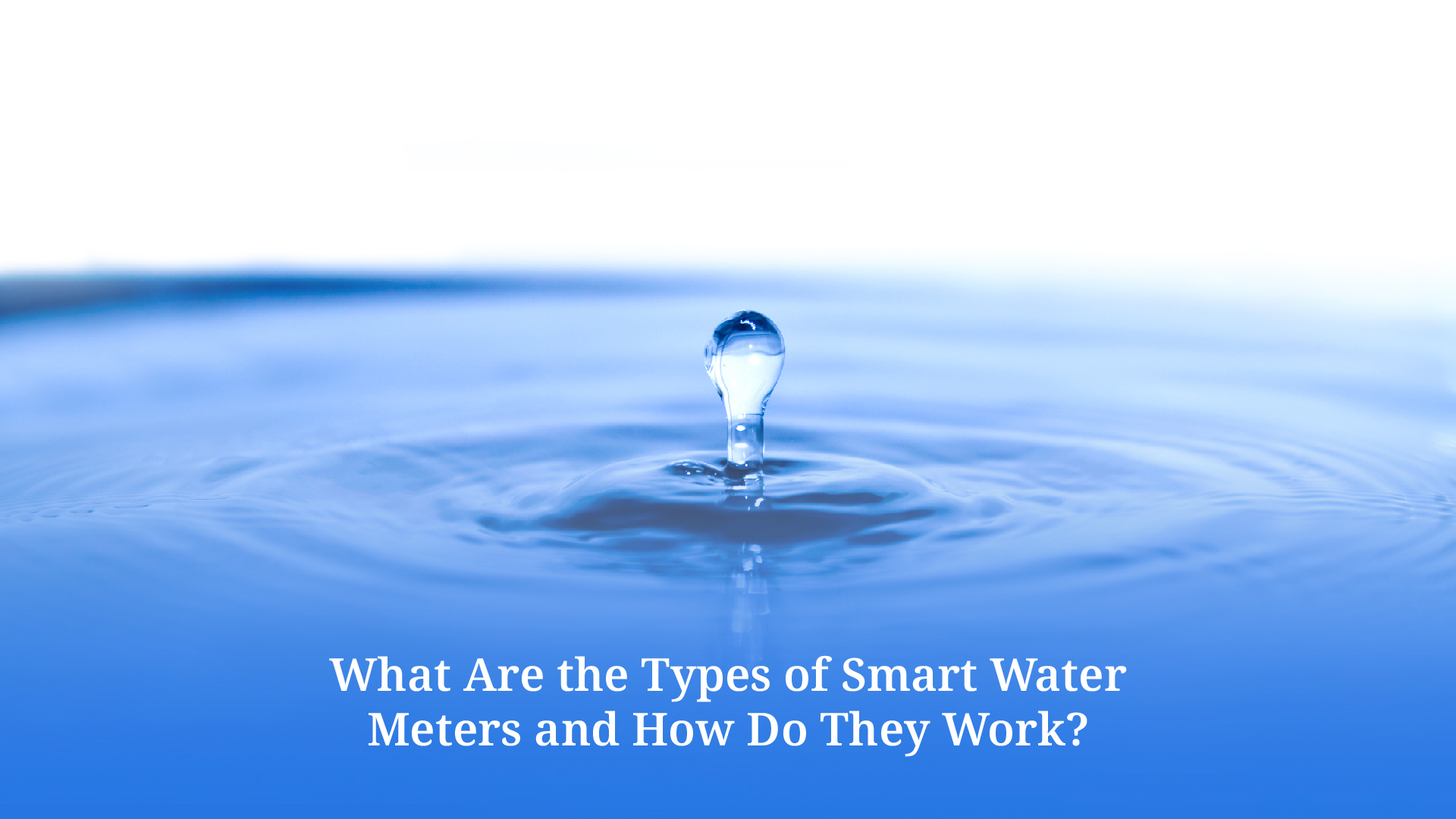Top 5 Reasons Why Your Building Faces Water Shortages

Have you ever turned on the tap only to find a weak trickle of water? Or worse, nothing at all? Water shortages in buildings are more than just a minor inconvenience. They disrupt daily routines, affect hygiene, and can even increase maintenance costs.
Many buildings experience recurring water shortages due to avoidable issues like outdated infrastructure, poor planning, and increased demand. This is particularly common in fast-growing urban hubs like Bangalore and Pune, where rapid population growth is straining existing water supply systems. But the good news? These problems can be identified and managed with the right solutions.
Before we explore how smart water management can help, let’s first break down the key reasons why buildings struggle with water shortages.
Common Causes of Water Shortages in Buildings
Water shortages don’t just happen overnight. In most cases, the problem builds up due to overlooked inefficiencies within the building itself, such as:
-
Ageing and Faulty Plumbing Systems
Pipes don’t last forever. They develop leaks, corrosion, and pressure issues over time, causing unnoticed water loss. Even in newer buildings, poor-quality installations lead to frequent breakdowns and wastage, disrupting supply.
Studies indicate that older residential buildings in Indian cities can lose a significant percentage of their water due to undetected pipe leakages.
-
Poor Water Storage and Distribution
Improperly designed storage tanks or outdated distribution systems cause inconsistent water flow. Some floors receive more water, while others struggle with low pressure. Without an efficient storage and supply mechanism, buildings experience shortages—especially during high-demand hours.
-
Unchecked Leakages and Water Wastage
Small leaks may seem harmless, but over time, they waste thousands of litres. Many leaks go undetected in walls, underground pipes, or common areas. Without regular inspections or monitoring, buildings lose water daily.
-
Outdated Infrastructure and Inefficient Fixtures
Older buildings often have high-consumption taps, toilets, and showers that use more water than necessary. Without upgrades to water-saving fixtures, supply struggles to meet demand. Ageing pipelines and inefficient systems only make the problem worse, which causes frequent water shortages.
-
Lack of Smart Water Monitoring and Management
Most buildings don’t track their water usage. This, in turn, makes it hard to detect waste or overuse. Without real-time monitoring, leaks, pressure drops, or excessive consumption go unnoticed. It leads to supply gaps and preventable water shortages.


5 Key Factors Contributing to Water Shortages in Buildings
Water shortages are not just because of wastage. There’s a lot more than that. Here are the five major factors affecting water availability in buildings:
-
Increasing Urban Population and Water Demand
More people in a building means higher water consumption. Without efficient planning, water demand quickly exceeds supply, which leads to shortages. This can happen especially during peak hours when everyone is using it at the same time. For instance, rapid urbanisation in cities like Pune and Bangalore puts immense pressure on existing water infrastructure.
-
Unpredictable Climate and Seasonal Changes
Factors like prolonged dry spells, erratic monsoon patterns, and increasing heatwaves contribute significantly to water shortages in cities. Municipal sources struggle to keep up, and therefore, buildings that do not have backup storage suffer. Thus, it is super important to rely on climate-adaptive solutions.
-
Dependence on a Single Water Source
Many buildings primarily depend on municipal water supply. This leaves them vulnerable to shortages when demand exceeds supply or disruptions occur. Without alternative sources like borewells, rainwater harvesting, or water recycling, buildings face water disruptions whenever external supply is limited.
In many urban areas, water tankers temporarily bridge this gap. But, reliance on them can be expensive and unsustainable.
-
Poor Pressure Regulation and Distribution Imbalance
If the pressure isn’t regulated correctly, lower floors may receive excess water while upper ones experience shortages. Uneven distribution not only wastes water but also creates supply gaps.
-
Lack of Water Recycling and Reuse Systems
A large portion of household water is wasted when it could be reused. Buildings without greywater recycling or rainwater collection lose potential resources.
How Smart Water Solutions Can Prevent Shortages in Buildings
Why wait until the problem occurs? Communities can reverse water shortages by integrating real-time monitoring, automated controls, and data-driven insights. Here’s how:
-
Real-Time Water Tracking
Without visibility, the usage often goes unchecked. Planet SIM, our smart water monitoring platform, monitors consumption in real time, helping buildings detect inefficiencies, adjust supply, and prevent wastage before shortages occur.
-
Early Leak Detection
Leaks are a silent culprit behind water loss. Our platform automatically identifies unusual consumption patterns, ensuring leaks are spotted and resolved quickly, preventing supply disruptions.
-
Optimised Storage and Distribution
Water shortages often stem from poor storage and uneven distribution. Planet SIM helps balance supply across all units, ensuring consistent water pressure and availability.
-
Smarter Consumption Insights
Understanding water usage patterns allows better conservation. Our technology provides data-driven insights, enabling sustainable management strategies for long-term efficiency.
Solutions for Overcoming Water Shortages: A Sustainable Approach
Preventing water shortages requires smarter infrastructure, better planning, and sustainable practices like rainwater harvesting and greywater recycling. Planet Smart City enhances this with integrated smart water systems that monitor usage, optimise distribution, and prevent wastage. By adopting Planet SIM, buildings can secure a reliable water supply and drive long-term sustainability—because every drop counts.
Popular Searches
how to repair water tank leakage | reasons for water shortage | how to identify leakage in pipes | water level indicator for water tank | energy efficient buildings | how to measure water level in tank | water problems in pune | intelligent lighting system | different types of water tanks | why manual water pump is outdated | water delivery challenges | save water in summer




